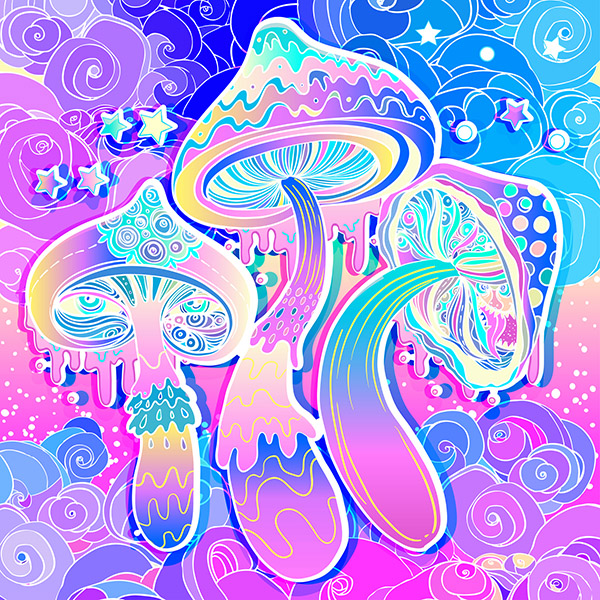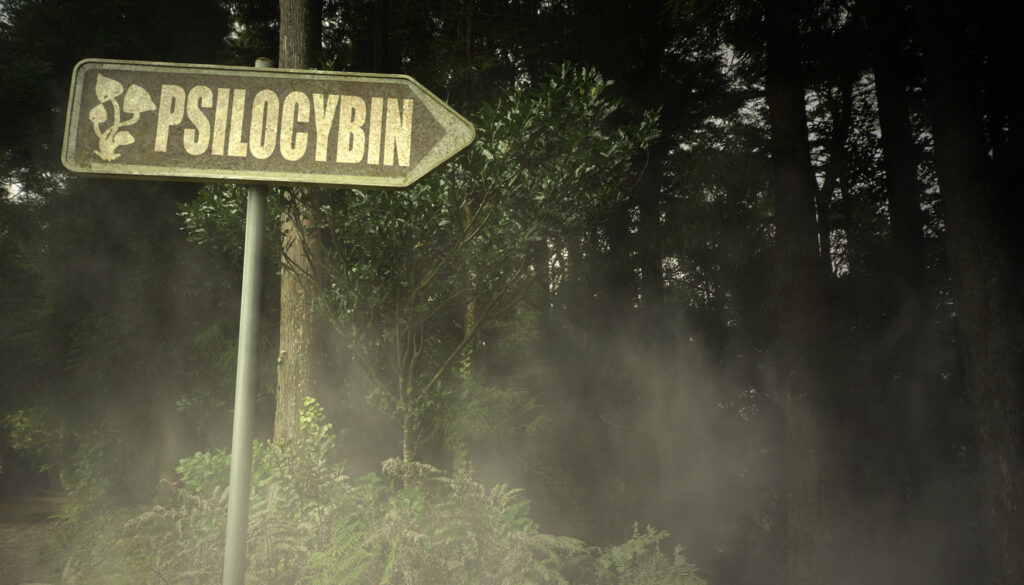Exploring the Wonders of Psilocybin
Of the many psychedelic substances, psilocybin stands out as a fascinating compound that has been captivating the human mind for centuries. Derived from certain species of mushrooms, particularly those belonging to the Psilocybe genus, psilocybin has been used for both spiritual and recreational purposes across various cultures. In recent years, scientific interest in psilocybin has surged, shedding light on its potential therapeutic benefits and challenging societal perceptions.
History:
The use of psilocybin-containing mushrooms dates back to ancient times, with evidence suggesting their presence in religious rituals among indigenous tribes. Ancient civilizations in Mesoamerica, such as the Aztecs and the Mayans, revered these mushrooms for their purported ability to induce altered states of consciousness, often considered sacred and mystical. The ancient wisdom surrounding psilocybin has persisted through the ages, influencing cultural practices and spiritual ceremonies.

In recent history, there was a surge in interest in psychedelics, including psilocybin, within Western societies. Influential figures like Timothy Leary and Aldous Huxley advocated for the exploration of altered states of consciousness as a means of personal and spiritual growth. However, the 1970s brought about a wave of restrictive legislation, pushing psychedelics into the shadows.
Recently, there has been a revival of interest in the therapeutic potential of psilocybin. Rigorous scientific studies have explored its efficacy in treating conditions such as depression, anxiety, and post-traumatic stress disorder (PTSD). The results have been promising, suggesting that controlled and supervised psychedelic experiences could offer new avenues for mental health treatment.
Neuroscience of Psilocybin:
The effects of psilocybin on the brain have been a subject of intense research. When ingested, psilocybin is metabolized into psilocin, the compound responsible for its psychoactive effects. Psilocin primarily interacts with serotonin receptors in the brain, leading to alterations in perception, mood, and cognition. Functional magnetic resonance imaging (fMRI) studies have provided insights into the neural mechanisms underlying the psychedelic experience, revealing changes in connectivity patterns and brain activity.
The subjective experiences induced by psilocybin are diverse and can range from profound spiritual insights to visual hallucinations. Users often report a sense of interconnectedness with the universe, heightened creativity, and a newfound perspective on their lives. The therapeutic potential lies in the ability of psilocybin to facilitate introspection and break patterns of negative thought, offering individuals a fresh outlook on their mental well-being.

Future:
While the potential benefits of psilocybin are becoming increasingly evident, there are still challenges to be addressed. Issues of legality, stigma, and the need for standardized protocols in therapeutic settings pose hurdles to widespread acceptance. Ongoing research and a growing cultural shift toward destigmatizing psychedelics suggest a promising future for psilocybin as a therapeutic tool.
Psilocybin, once relegated to the fringes of society, is now experiencing a renaissance as scientific inquiry unveils its potential benefits for mental health. As we navigate the complexities of this intriguing compound, it’s essential to approach its use with caution, respect, and a commitment to rigorous research as there is much in developing new insights into the mind and the potential avenues for healing in the years to come.

